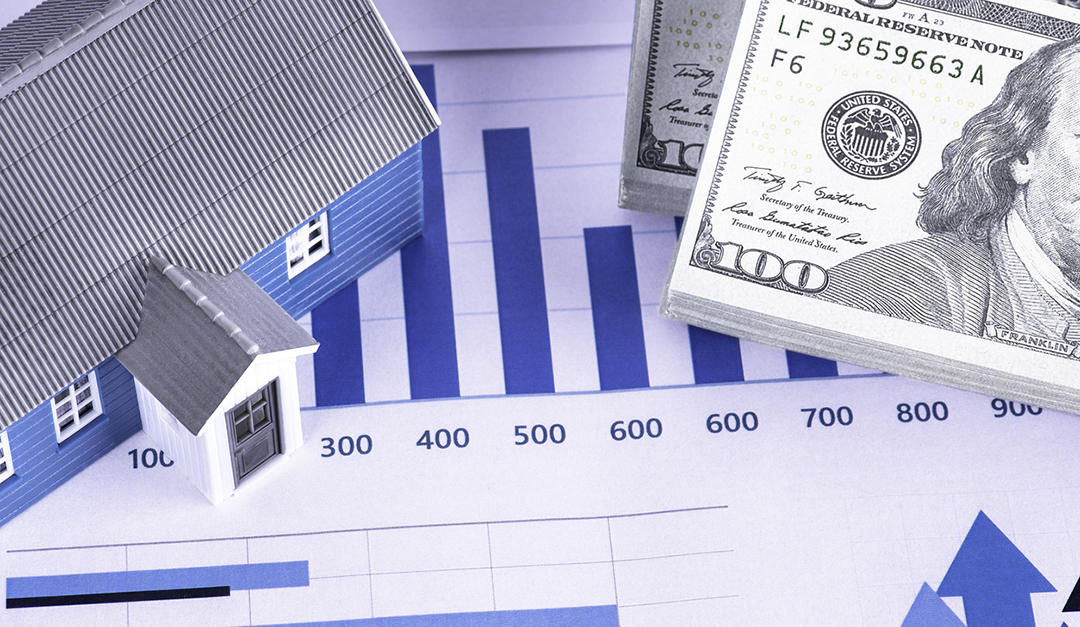It’s been a rollercoaster for the markets since January, when the spread of COVID-19 first began to wreak havoc on the economy. There have been both upsides and downsides, and the same can be said about home values—they’re strong now, but sources say it may not be sustainable in the long term.
According to ATTOM Data Solutions, the first quarter of 2020 saw a remarkably solid price gain of $67,100 on the typical sale—an increase from the $59,000 reported in the fourth quarter of last year.
The median price for single-family homes and condos increased to a new high of $265,900, up 2.9 percent quarterly and 11.3 percent YoY.
“The national housing market continued at full throttle in the first quarter of 2020, setting new price and profit records as it entered its ninth straight year of gains. After it looked like things were settling down last year, the market has again roared ahead, with significant increases,” said Todd Teta, chief product officer at ATTOM Data Solutions.
Homes in western states experienced the highest return on investment in the first quarter:
– San Jose, Calif. – 81.1 percent
– San Francisco, Calif. – 67.7 percent
– Seattle, Wash. – 63.6 percent
– Spokane, Wash. – 61.8 percent
– Boise, Ida. – 59.1 percent
The recently released CoreLogic® Home Price Index (HPI) and HPI Forecast for March 2020 recorded a 4.5 percent increase YoY. On a month-to-month basis, prices increased by 1.3 percent in March.
However, many sources expect that growth to drastically slow, as other segments of the market have already stalled—closed home sales fell 26 percent in the last two weeks of March.
“It is extremely important to note that the latest momentum is likely to hit a wall and reverse because of the drastic economic slowdown caused by the coronavirus pandemic,” added Teta. “Millions of Americans are newly unemployed, and most people are practicing social distancing, which could bring things to a halt just as the Spring buying season begins. Despite that cloud, the numbers for Q1 still do remain upbeat.”
“Home prices for March reflect transactions negotiated primarily in the previous two months, prior to the implementation of the shelter-in-place policies. Rapid decline of purchase activity starting in the middle of March can be seen in other CoreLogic data and is consistent with our HPI forecast of slowing price growth in April,” said Dr. Frank Nothaft, chief economist at CoreLogic. “The first quarter GDP results showed that the country entered a recession in March. Unemployment claims have reached record highs and this economic environment will further impact the housing market into the foreseeable future.”
CoreLogic’s forecast shows an annual home price growth of 0.5 percent by March 2021—much lower than the 5.4 percent forecasted in January. However, a rebound is not out of the question. In fact, CoreLogic experts believe strong engagement from millennial homebuyers post-pandemic could help boost the markets.
“The CoreLogic U.S. Home Price Index is predicted to remain largely unchanged over the next year or so after a long uninterrupted run of appreciation,” said Frank Martell, president and CEO of CoreLogic. “Although the economic fallout from lockdown orders, put in place to fight the spread of COVID-19, will be profound, the basic supports for a rebound in home purchase activity remain in place. Once the shelter-in-place policies are lifted, we expect millennials, who submitted home-purchase applications well into the crisis, to lead the way back to a positive, purchase-driven housing cycle.”
As the coronavirus and its impact on the industry unfold, RISMedia is providing resources and updates. Get the latest.
 Liz Dominguez is RISMedia’s senior online editor. Email her your real estate news ideas at ldominguez@rismedia.com.
Liz Dominguez is RISMedia’s senior online editor. Email her your real estate news ideas at ldominguez@rismedia.com.











